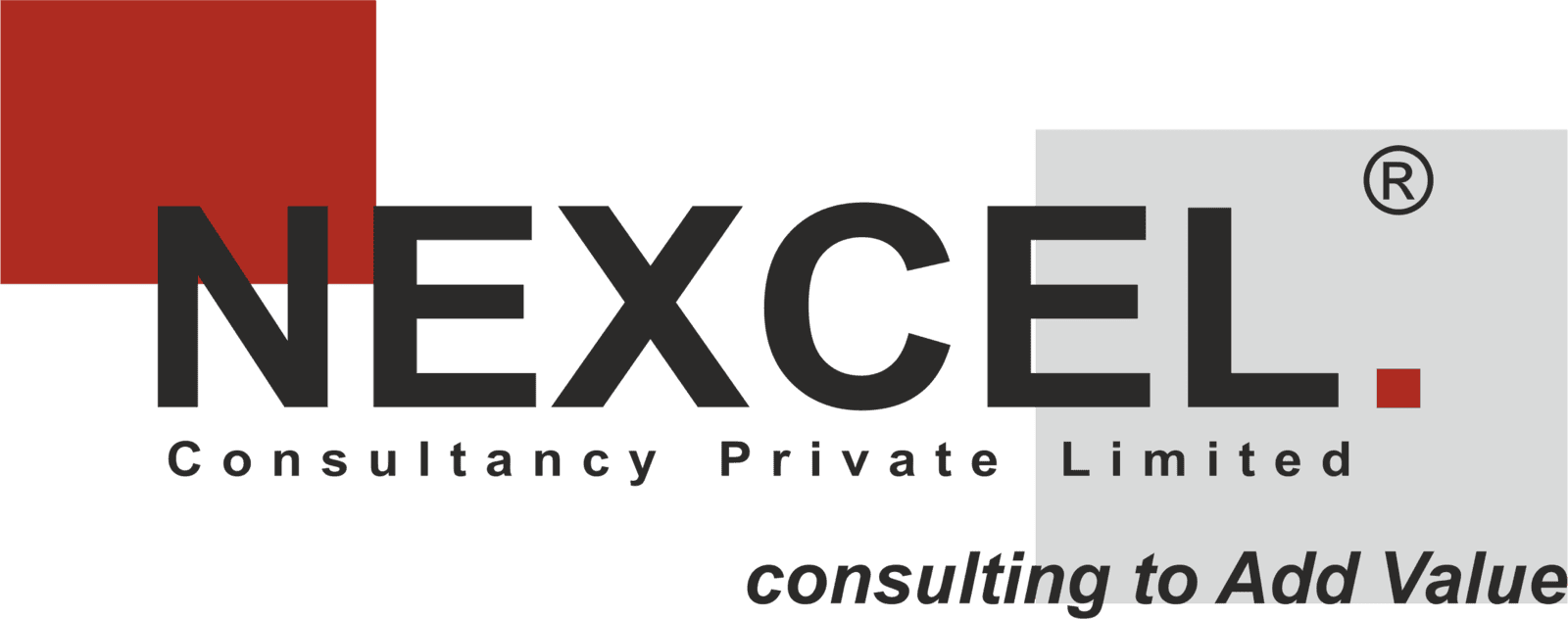Strategic planning is crucial for organizations as it provides clarity and direction, enabling aligned decision-making across various functions. By setting clear priorities, it ensures informed resource allocation, allowing businesses to focus initiatives based on their needs and potential impact. A well-structured strategic plan also enhances adaptability, encouraging organizations to proactively respond to changes in the business environment rather than reacting under pressure. Additionally, it contributes to operational efficiency by identifying areas for improvement, promoting better cost management, and supporting scalability. Ultimately, strategic planning lays a strong foundation for sustainable growth, ensuring that development efforts are stable, well-coordinated, and future-ready.

